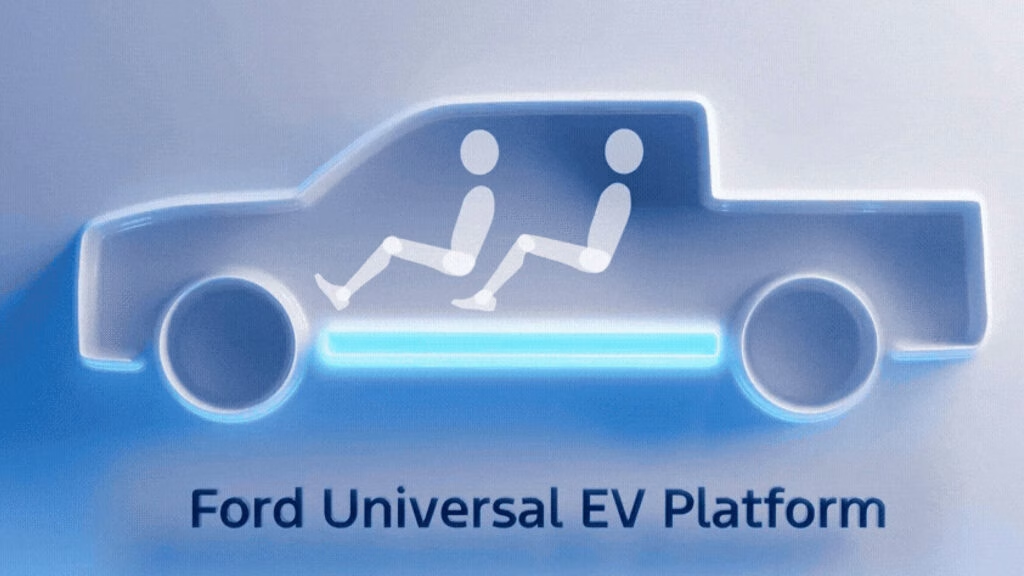What’s Ford’s Game Plan with This New Electric Truck?
Ford just dropped a bombshell: a $30,000 all-electric, mid-size pickup is coming in 2027. That’s not just a new model—it’s a statement. The company is betting big that Americans want an affordable, practical EV that doesn’t feel like a compromise. And honestly? The timing couldn’t be better. With EV incentives set to expire and rivals scrambling to hit lower price points, Ford’s move could shake up the whole segment.
But here’s what really stands out: Ford isn’t just building another F-150 Lightning. This new truck is designed to slot beneath it, both in size and price. Think four doors, a footprint that’s city-friendly, and a price tag that echoes the Model T’s affordability (when you adjust for inflation, of course). Production will kick off at Ford’s Louisville, Kentucky plant, a nod to the company’s roots and a clear signal that this isn’t a niche experiment—it’s the start of something much bigger.
How Does It Stack Up Against the Competition?
Let’s get real. The electric truck market is heating up, but most options are either pricey or feel like science projects. Ford’s $30k target undercuts most rivals, especially when you consider that federal tax credits are vanishing soon. Compare that to the likes of the Tesla Cybertruck or Rivian R1T, which start tens of thousands higher, and it’s clear Ford is aiming for the mainstream.
Performance-wise, Ford claims the new EV pickup will be as quick as a Mustang Ecoboost—think 0-60 mph in the 5-second range. That’s a far cry from the 8-second sprints you’d get from some budget-focused competitors. And with more downforce than a Mustang? That’s a bold claim, but it hints at a truck that’s not just practical, but genuinely fun to drive.
What About Space and Everyday Usability?
Truck buyers want utility, not just numbers on a spec sheet. Ford’s promising a four-door cabin with as much interior room as a Toyota RAV4. Translation: you can haul your crew, your gear, and probably a couple of dogs without feeling cramped. There’s a frunk up front for groceries or muddy boots, and the bed is lockable and long enough for surfboards or other oversized toys. It’s the kind of flexibility that makes you wonder why all trucks aren’t built this way.
And let’s not forget the platform. Ford’s new flexible EV architecture is a big deal. It’s designed to support a whole family of vehicles, from two-seat vans to three-row SUVs. That means more choices down the road, and potentially lower costs thanks to shared components. According to Ford, this new setup uses 20% fewer parts, 25% fewer fasteners, and slashes build time by 15%. For buyers, that could mean fewer headaches and lower repair bills over the long haul.
Why Is Ford Killing the Escape and Lincoln Corsair?
Big moves come with tough decisions. To make room for this new EV wave, Ford is ending production of the Escape and Lincoln Corsair SUVs at its Louisville plant. It’s a sign of the times: as consumer demand shifts toward electrics, automakers are rethinking their lineups. The Escape has been a staple for years, but Ford’s betting that the future is electric—and that means saying goodbye to some old favorites.
What Does This Mean for EV Startups and the Broader Market?
Here’s where things get spicy. Ford’s aggressive pricing and mainstream focus put serious pressure on startups like Slate Auto, which recently made headlines with a sub-$20k electric truck. But speed matters, and Ford’s promising Mustang-level acceleration where others are still working out the kinks. Add in the brand’s massive dealer network and reputation for durability, and it’s clear the bar just got raised for everyone.
Industry analysts have long argued that the EV revolution will only go mainstream when prices drop and practicality rises. Ford’s move seems to check both boxes. According to a 2024 report from the International Energy Agency, global EV sales are expected to surpass 17 million units this year—a 21% jump from 2023. But affordability remains the top barrier for most buyers. If Ford can deliver on its promises, it could help tip the scales for a whole new wave of drivers.
How Will This Impact Ownership Costs?
Ford isn’t just talking about sticker price. The company claims that, over five years, this new EV truck will cost less to own than a Tesla Model Y does over three. That’s a bold promise, but it’s rooted in real changes to how the truck is built. Fewer parts mean fewer things to break. And with EVs already known for lower maintenance costs—no oil changes, fewer moving parts—the savings could add up fast.
Of course, the proof will be in the real-world numbers. But if Ford’s projections hold true, this could be a game-changer for families and small businesses watching every dollar.
What’s Next for Ford’s Electric Lineup?
This truck is just the beginning. Ford’s new EV platform is designed for flexibility, so expect to see everything from compact vans to full-size SUVs rolling out in the next few years. The company’s recent presentation teased a whole family of vehicles, each tailored to different needs but sharing the same cost-saving DNA.
And with production set for Kentucky, Ford is doubling down on American manufacturing—a move that could resonate with buyers who want to support local jobs while embracing new technology.
The big takeaway? Ford’s $30k electric truck isn’t about perfection—it’s about smarter adjustments. Start with one change this week, and you’ll likely spot the difference by month’s end.

